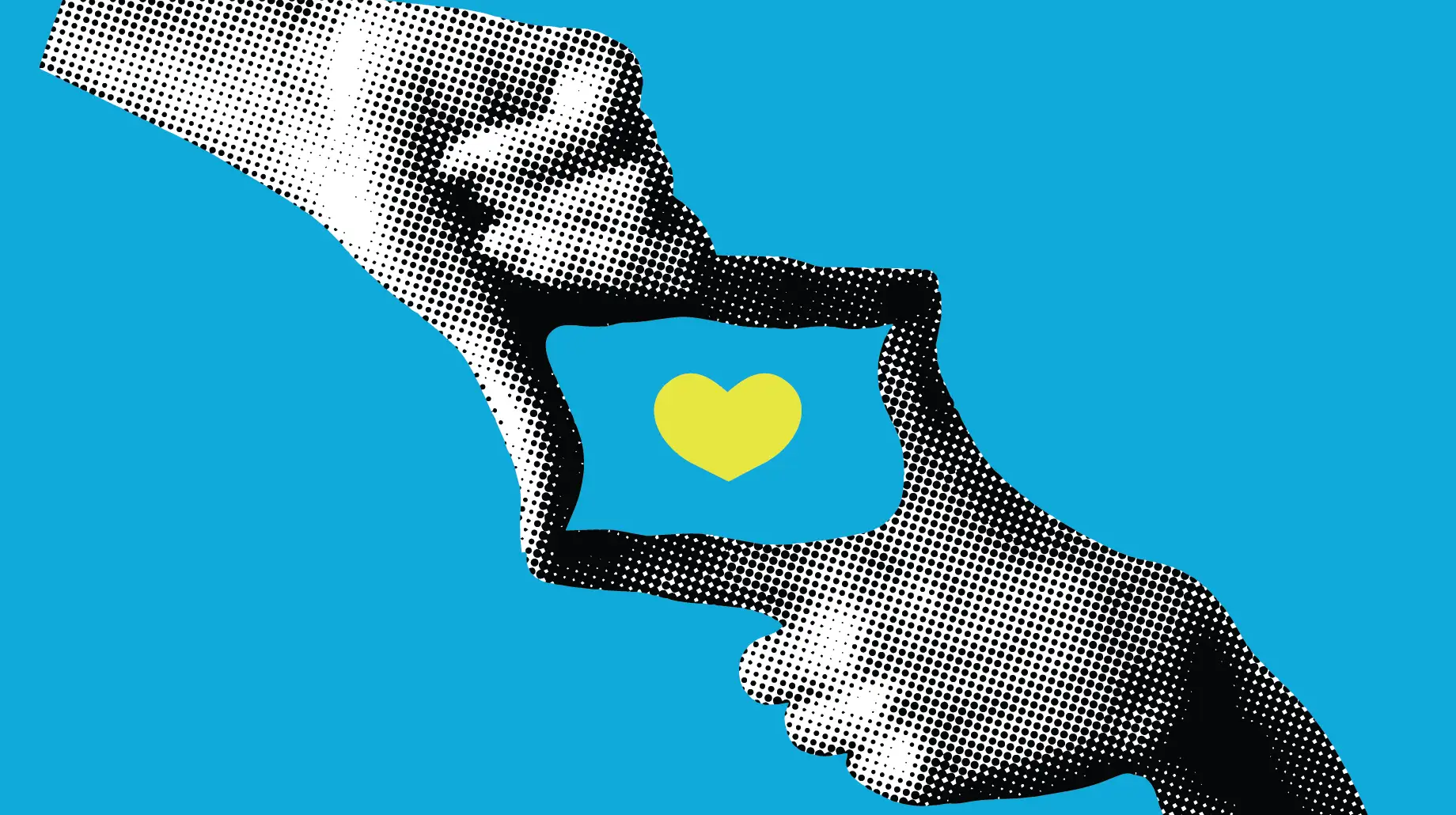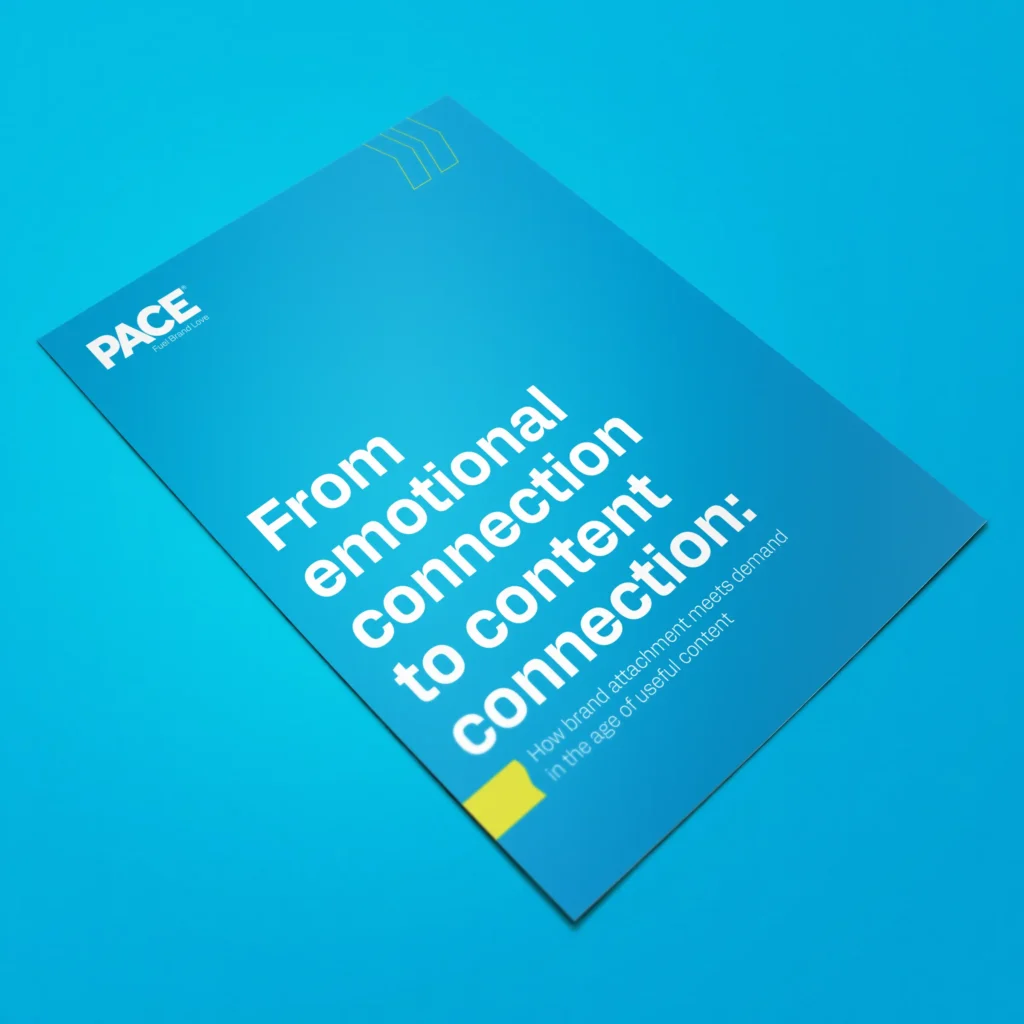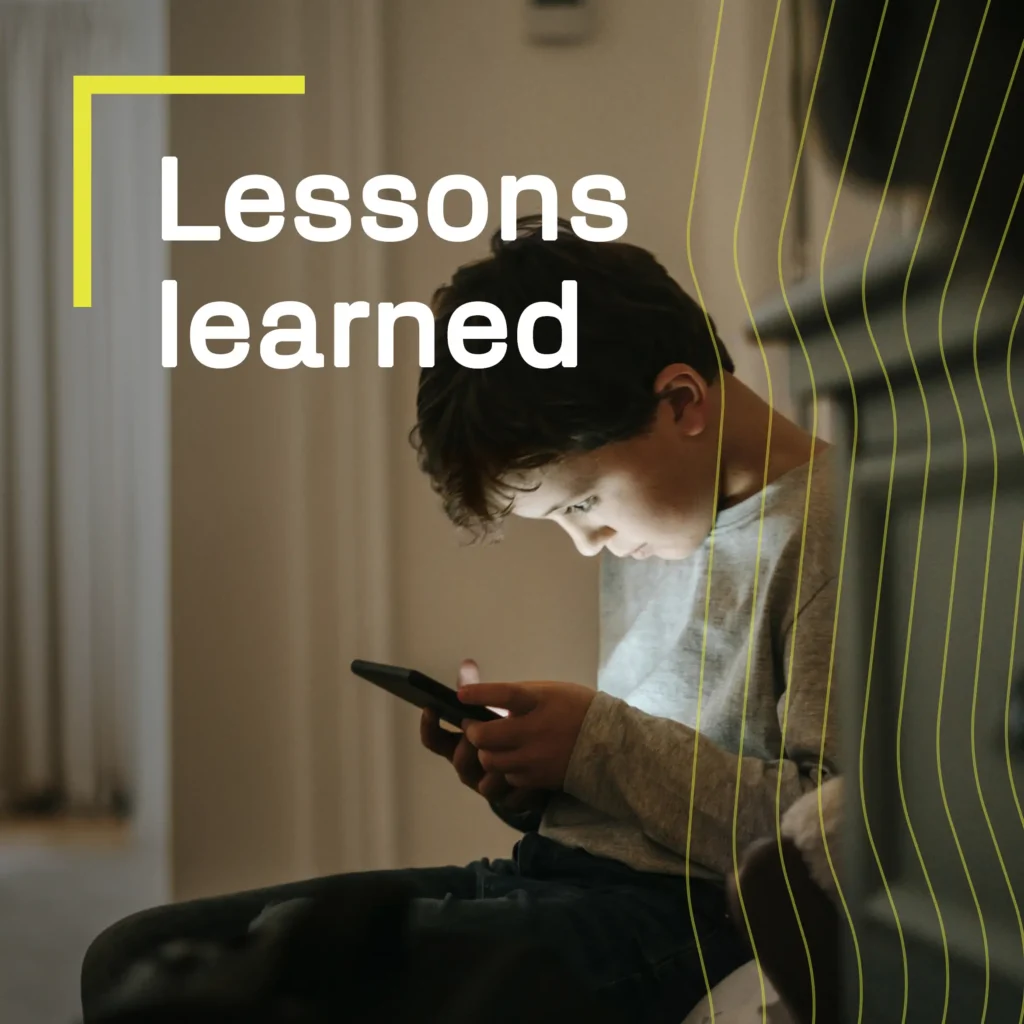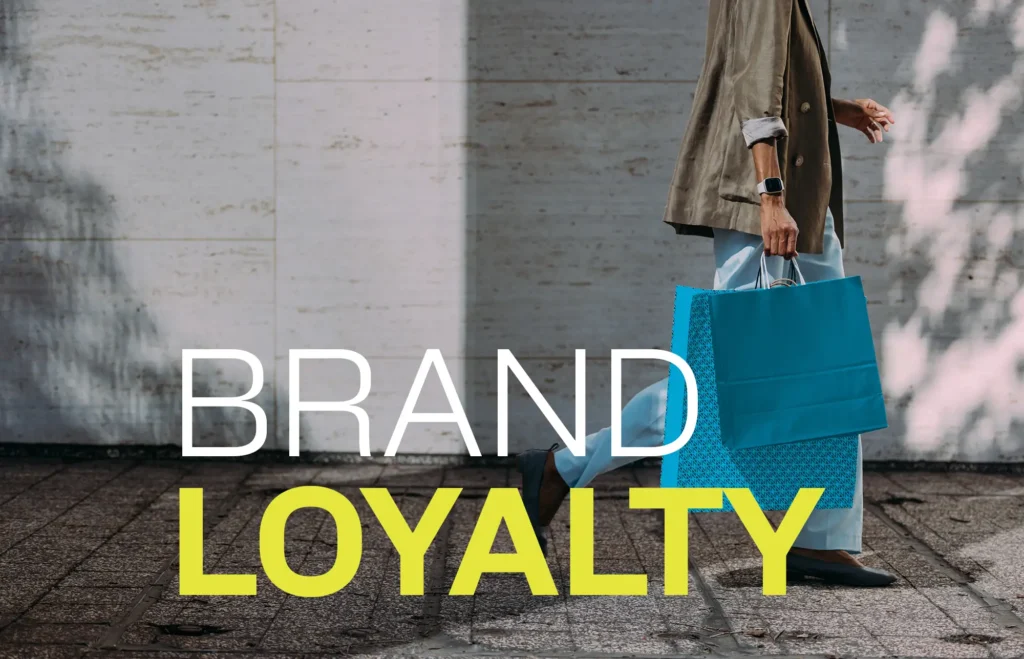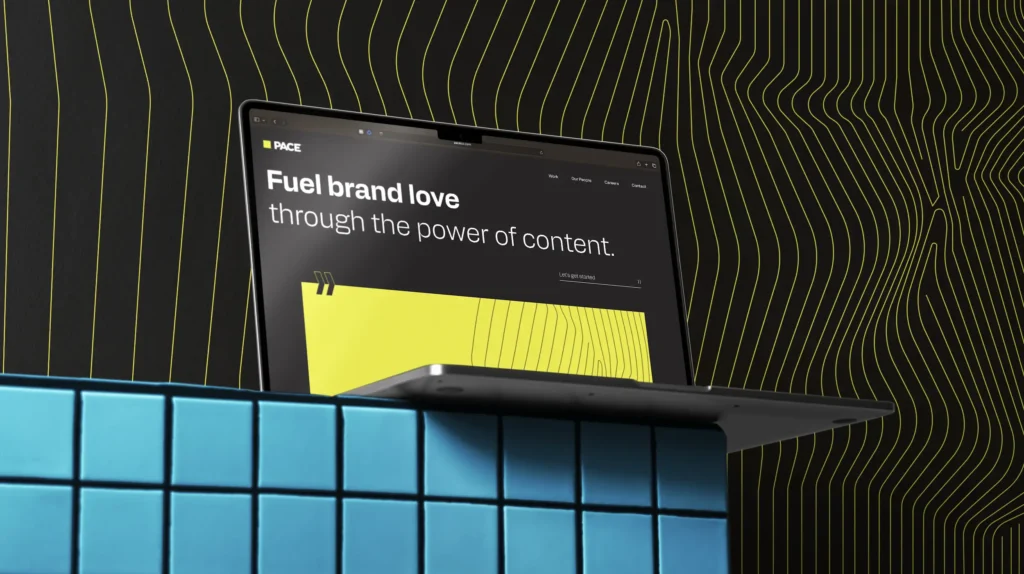There are more than 360 million brands in the world. So why is it that the average consumer can only name a handful? Even more perplexing—why do only a select few brands earn the coveted status of being loved versus liked? What sets these brands apart? And what’s the difference between brand love, attachment and loyalty?
I’ll take you back to my time working in feminine care at P&G. My key accounts included Tampax, Always and Naturella, where I was focused on packaging. For all the hours, days and years we spent perfecting the ideal package, the reward for that work came in a three- to five-second decision at the shelf. That’s how long we had to convince a consumer to choose our brand over a competitor or private label. What I came to understand was that it wasn’t a logical decision—it was emotional.
This learning from 20 years ago still holds true today. In those brief seconds, consumers recall everything the brand has done, or hasn’t done, to persuade them to purchase. If the only thing that mattered to them was, “Did I leak the last time I used this?” the story would have been very different. But that wasn’t the whole picture.
In my countless hours in focus groups, listening to consumers and learning about what makes consumers tick, I began calling the visceral reaction to a brand the “squeal factor.” In one particular focus group, we presented a very delicate, very feminine pink and purple package to women in the U.S. What we received were eye rolls and women pretending to gag from distaste. But later that month, in Latin America, similar-age women squealed at a solid 11 on a 1-10 scale of excitement.
Why did packaging that delighted some women matter so little to others? This was my first lesson in understanding brand love.
What is brand love?
Brand love is an emotional investment in a company. It refers to the connection and attachment a consumer feels toward a particular brand.
It’s more than just customer loyalty. Brand love is a feeling of affection, admiration or passion that goes beyond a brand’s products or services. When people love a brand, it’s usually due to positive experiences, shared values or a strong brand identity that resonates with them.
What are the markers of brand love?
You can find the makings of brand love in loyalty, retention, repeat purchase behavior, brand advocacy and lasting emotional attachment to the brand. But none of these tell the whole story.
Unlike traditional metrics such as brand awareness or loyalty, which primarily focus on recognition and usage, brand love spans the affinity, attachment and admiration that consumers feel toward a brand.
Below are a few markers of brand love.
- Emotional engagement: Consumers shift from logical decision-making to a more emotional place when they feel or sense something about a brand. This is where impulse buying happens and where consumers justify higher spending. Think about why someone would opt to purchase a $128 pair of Lululemon leggings over a $39.95 pair from Halara. Emotional connection drives impulse purchasing. Purchasing from the heart leads to more value placed on the product or service or experience.
- Brand loyalty in adversity: Brand love means consumers trust the brand and will stay loyal, even when faced with challenges. A perfect example is when Chipotle’s E. coli outbreak in 2015 affected its sales. It was brand love that helped them bounce back stronger than ever, owning their unique identity with confidence.
- Brand as status: Brand love often produces brand advocates who recommend the brand to others as an extension of identity. For instance, Coach has built a strong rapport with Gen Z. Why? Their products serve as a status symbol, as seen in @kianabonollo’s viral video with 256K engagements discussing the “perfect work bag.”
- Brand ethos alignment: Consumers feel excited about a brand that resonates with their values and lifestyle. Patagonia’s 2011 Black Friday campaign, “Don’t Buy This Jacket,” encouraged customers not to shop in order to preserve the environment and to push against fast fashion, catching the attention of the brand’s eco-conscious audience.
Brands that embody the traits of brand love include Harley Davidson, Jack Daniels, Fenty, Apple, Four Seasons and Nike. But brand love isn’t exclusively owned by expected brands.
Remember when Twinkies almost disappeared for good in 2012 when their parent company, Hostess Brands, filed for bankruptcy? Twitter, Facebook and Reddit exploded with jokes, memes and genuine disappointment. People were posting photos of their last Twinkies, hoarding them or trying to sell boxes on eBay for outrageous prices. In July 2013, under the new ownership of Apollo Global Management and Metropoulos & Co., Twinkies came back, marketed as “the sweetest comeback in the history of ever.” Sales soared, and Twinkies became a nostalgia-fueled success story.
The Pace point of view: Brand love should not be mistaken for brand loyalty
Brand loyalty can be based on many factors, convenience being one of them. I am personally brand loyal to Tide. I think it does the job credibly. I’ve tried other options, but we continue to return to Tide because of the price, scent and efficacy. But does that mean I will tell all my friends and family about Tide? Probably not.
Like loyalty, brand love stems from a sum of positive moments. But brand love is a sum that moves consumers to take action far beyond a purchase.
Back to my feminine care story
So what made some consumers react with excitement over pink feminine care packaging while others rolled their eyes? In our in-home studies, we learned that many of our consumers in Latin America displayed their feminine care products in their bathrooms, making the packaging a personal statement about their aesthetic tastes and values. This understanding helped us craft packaging that went beyond functionality—it became a way to evoke memories, create a sense of status and connect emotionally.
The bottom line
It all begins with truly understanding your consumer. You can’t create brand love without knowing who you’re trying to reach. Once you connect with your audience on a deeper level, you can start building the emotional bonds that lead to brand love.
